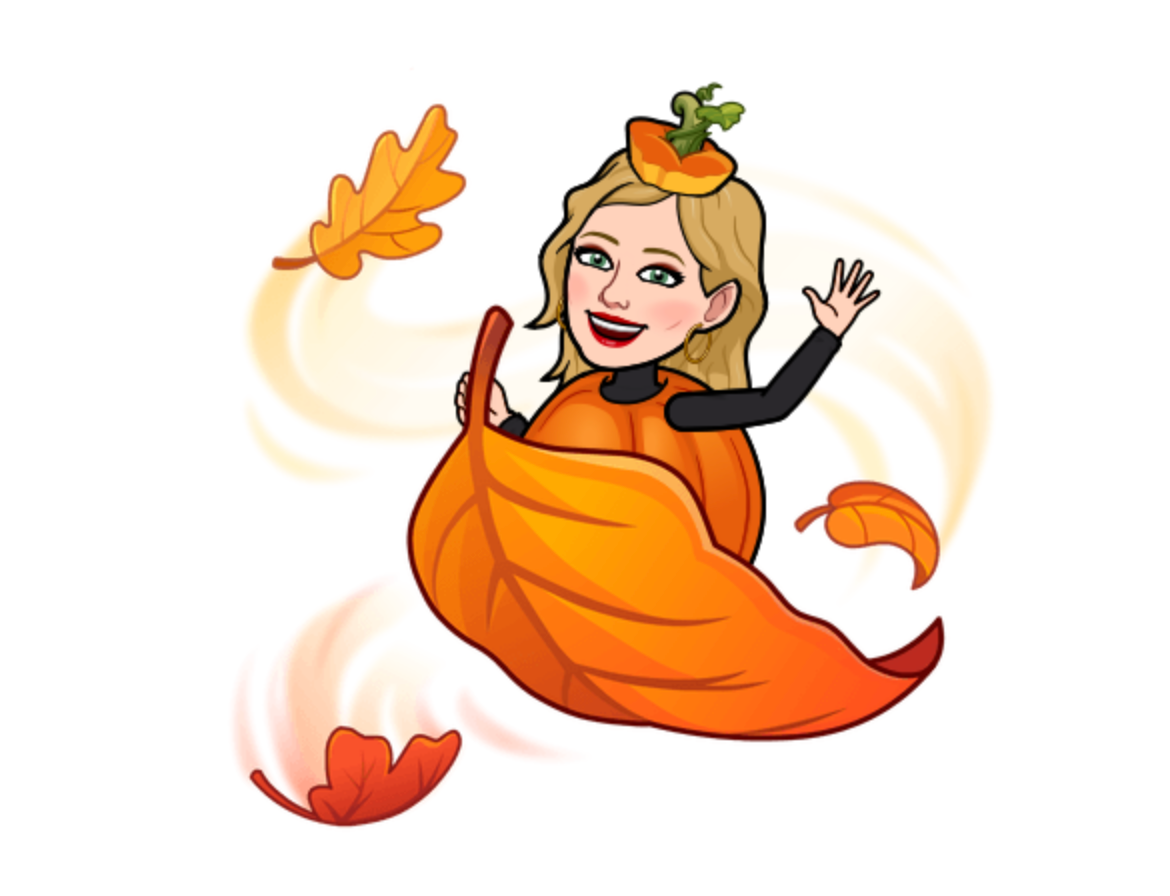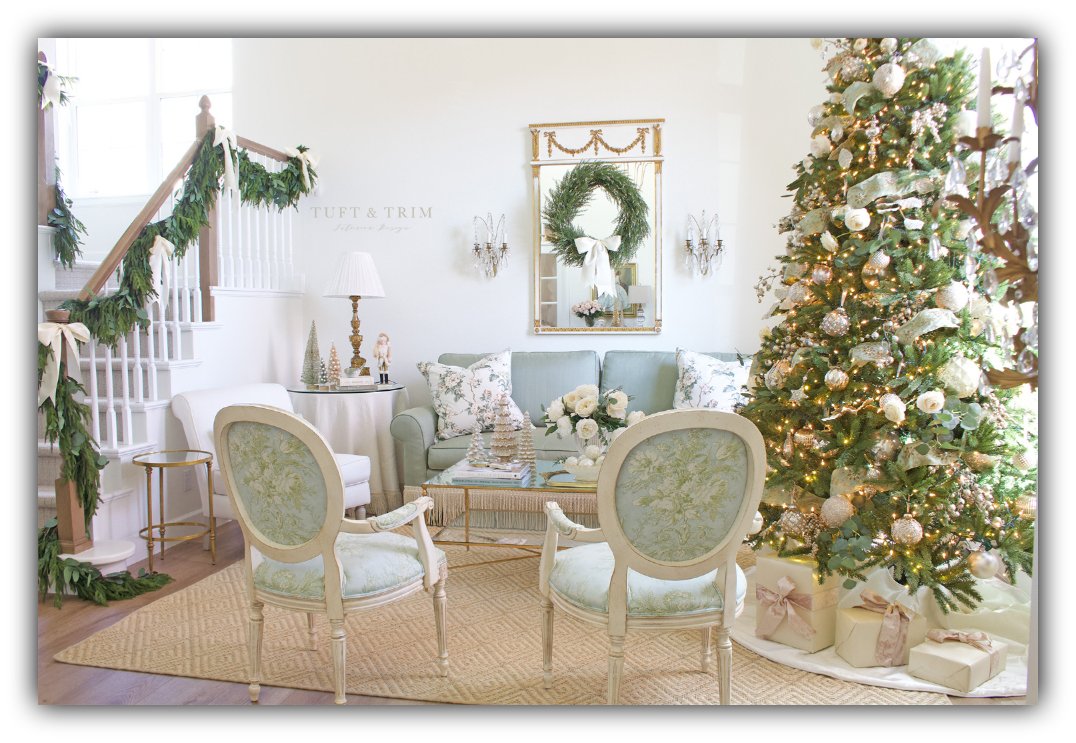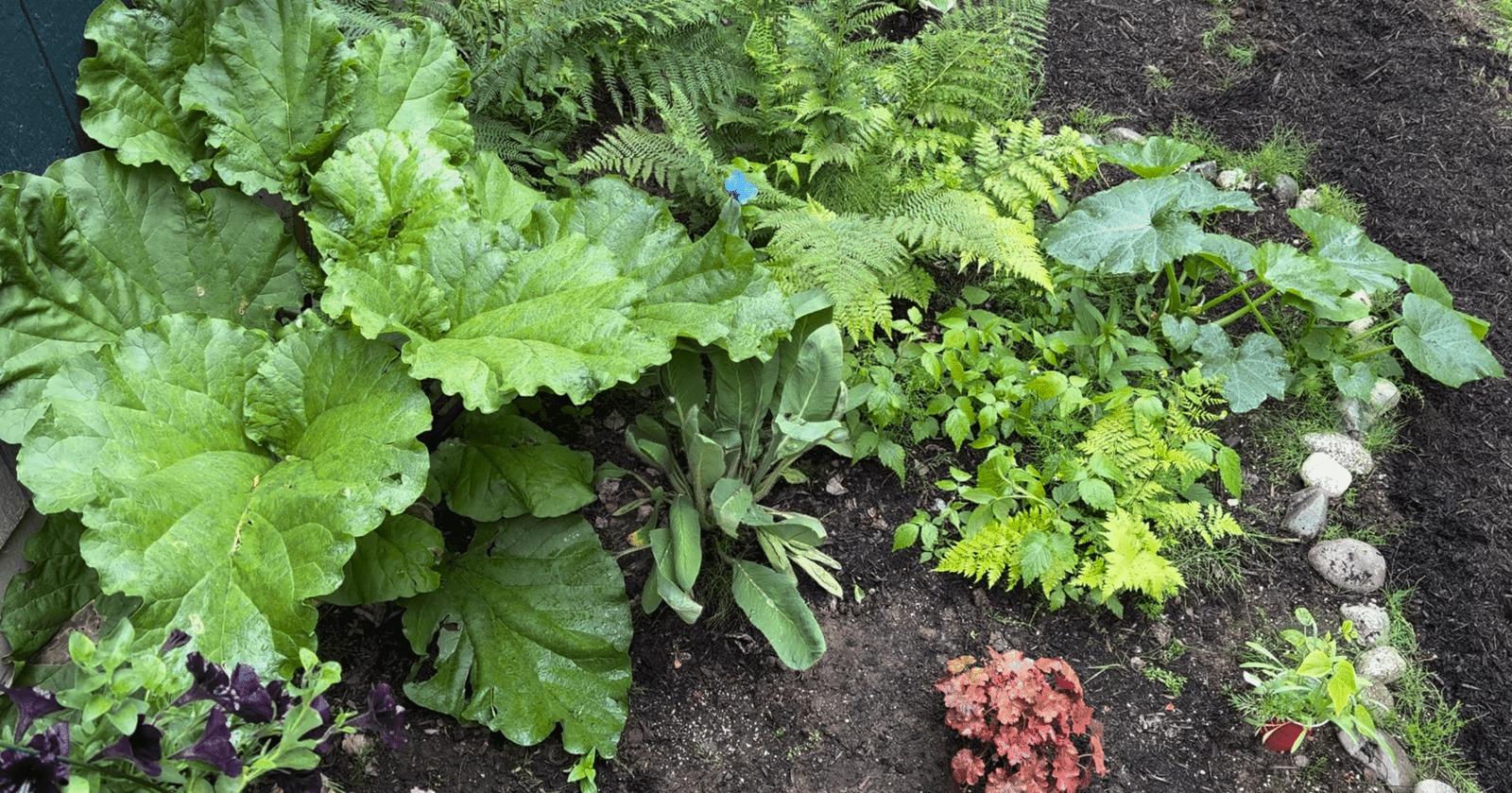Planting for a Brighter Spring: Fall Bulbs in Alaska Gardens
Meta Description (SEO):
Discover the best tips for planting fall bulbs in Alaska. Learn when to plant, which bulbs thrive in Alaska’s climate, and where to buy bulbs locally for a brighter spring garden.
Planting Fall Bulbs in Alaska: Color After the Cold
As the birch leaves turn gold and the air sharpens in September, most Alaskans are stacking firewood, swapping out studded tires, and making sure the snowblower is tuned. But savvy gardeners know this is also the season to think ahead—past the long winter nights and into that glorious moment when the first shoots push up through the melting snow.
That’s right: fall is bulb-planting time in Alaska. And if you’ve ever longed for early spring color after six months of white, this is your ticket to a brighter garden.
Why Plant Fall Bulbs in Alaska?
Unlike lettuce or peas that you can sow when the soil thaws, spring-flowering bulbs need a cold period—a long nap under the snow—to wake up properly. Plant them in fall, and by April or May you’ll have the payoff: daffodils nodding in the breeze, tulips lining your walkway, or carpets of squill and crocus peeking out from the edges of your lawn.
In Alaska, bulbs serve another purpose too: they’re mood lifters. After a winter of gray skies, the first bright bloom feels like a personal victory.
The Challenges of Gardening with Bulbs in Alaska
Alaska isn’t Holland. We wrestle with:
- Harsh cold and early freezes – You can’t procrastinate. By October, the ground may be iron.
- Freeze-thaw cycles – Warm days followed by bitter nights can heave bulbs right out of the soil.
- Wildlife – Voles and squirrels think your tulips are a snack buffet.
- Soil – Often heavy, cold, or poorly drained. Bulbs hate sitting in wet clay.
But with planning (and mulch), Alaska gardens can bloom as beautifully as anywhere.
Best Bulbs for Alaska Gardens

Not all bulbs love Alaska, but these tough cookies usually do:
- Snowdrops (Galanthus): First to bloom, sometimes through snow.
- Siberian squill (Scilla): Brilliant blue carpets, perfect for naturalizing.
- Grape hyacinth (Muscari): Tiny but mighty clusters of purple.
- Daffodils: Hardy and cheerful. Plus, rodents usually leave them alone.
- Tulips: They’ll grow, but choose hardy types and expect them to be more “annual” than perennial here.
- Alliums: Tall, ornamental globes. Unique and surprisingly hardy if planted deep.
👉 Pro tip: Small bulbs bloom earliest and naturalize best. Large ones like daffodils need deeper planting and more patience.
When to Plant Bulbs in Alaska
The golden rule is: plant 2–3 weeks before the ground freezes solid.
- Interior (Fairbanks, Delta, Zone 2–3): Late August to early September.
- Southcentral (Anchorage, Wasilla, Zone 4–5): Early to mid-September, sometimes into late September if the weather holds.
- Southeast (Juneau, Ketchikan, Zone 6–7): September into early October.
👉 Tip: Watch soil temps. When it’s around 45–50°F, it’s go time.
Where to Buy Bulbs in Alaska
Finding quality bulbs locally can be a challenge, but there are reliable options across the state:
- 🌱 Alaska Mill & Feed (Anchorage) – One of the largest selections of bulbs, seeds, and gardening supplies in Southcentral.
- 🌱 Dimond Greenhouses (Anchorage) – Known for hardy plants adapted to local conditions, plus fall bulb sales.
- 🌱 P&M Garden Services (Eagle River) – Offers bulbs, perennials, and garden tools suited to Alaska gardeners.
- 🌱 Plant Kingdom (Fairbanks) – A great Interior option for bulbs and cold-hardy varieties.
- 🌱 Judy’s Central Point (Wasilla) – Carries bulbs and a mix of plants and gardening gear.
And if local shops run out, you can order hardy bulbs from reputable online sellers who ship north, such as Brent & Becky’s Bulbs or Van Engelen.
Planting Tips for Success
- Dig Deep (but not too deep). Plant bulbs about three times their height. Daffodils at 6–8 inches, crocus just 2–3 inches.
- Drainage is King. Amend clay with compost or sand. Bulbs rot in soggy soil.
- Mulch Generously. After planting, cover with 3–4 inches of leaves, straw, or compost. This cushions bulbs against heaving and insulates roots.
- Protect Against Critters. Lay chicken wire or bulb cages over the planting area if voles are regular visitors.
- Think Layers. Try “lasagna planting”: daffodils on the bottom, tulips in the middle, crocus on top. One hole, three seasons of blooms.
- Choose Microclimates. South-facing walls, raised beds, or spots that hold snow (but not standing water) are ideal.
A Wasilla Example
In the Mat-Su Valley, Zone 4a/4b, a gardener’s fall schedule might look like this:
- Late August: Prep soil and order bulbs.
- Early September: Plant daffodils, tulips, snowdrops, and scilla.
- Mid September: Mulch heavily, water once, and walk away.
- Spring: When snow melts, pull back mulch gradually and let shoots rise.
By late April or early May, you’ll be rewarded with splashes of color while the neighbors are still raking gravel.
Final Thought
Fall bulb planting in Alaska is gardening with faith. You tuck a little brown lump into frozen earth, cover it with mulch, and trust it to survive months of ice and darkness. Then one day, when you’re sure winter will never end, a green tip pokes through.
It’s a reminder that spring always comes—and with it, color, hope, and the stubborn beauty of an Alaska garden.




